Living a sustainable lifestyle means doing your best to protect the environment while also reducing how many natural resources you consume daily. The latter is good not only for the planet but also for your wallet, since consuming fewer resources often means spending less money.
If you’re looking to start making your lifestyle more sustainable, here are some tips that’ll help you get started.
Contents
1. Favor sustainable goods
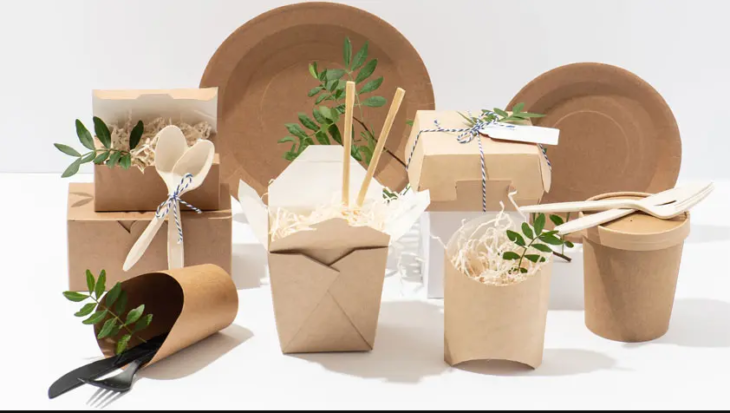
Source: posusa.com
How you decide to spend your money can have a huge impact on the world around you. And one way in which you can use your wallet to help the planet is to favor companies that are dedicated to sustainably manufacturing their products.
What constitutes “sustainable” varies from product to product, of course. Clothing brands like innitiwear.com, for example, make their products more sustainable by using recycled and/or ethically sourced materials, as well as working to reduce how much water, heat, and energy is used during the production of the clothing items themselves. Sustainable clothing items are often made using non-toxic inks and materials as well.
Make sure you read the fine print when shopping for sustainable goods, as some companies like to claim their products are sustainable without putting in the work necessary to earn that label.
2. Reduce energy waste
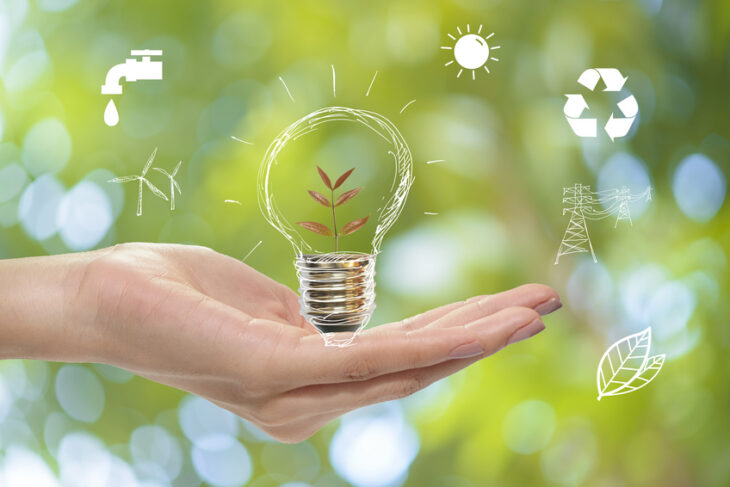
Soruce: nvtinting.com
A lot of resources go towards producing electricity. And if you live in a region that uses coal power plants for most of its energy, that electricity has even more of an impact on the environment. You can do your part to reduce how many resources are used by reducing how much electricity our house wastes daily.
This means turning the lights off when you’re not using them, unplugging appliances that are not being used, improving your home’s heat insulation, and more. The insulation, in particular, is worth your attention, as in cold months as much as 30% of your energy consumption can go towards heating alone.
It is important to resist the urge to solve this problem by dumping money into shiny new smart lamps and energy-efficient appliances. While new appliances do use less power, building those costs so many resources that it’ll be centuries before what you save in electricity compensates for what went into producing that shiny new fridge.
3. Buy used items
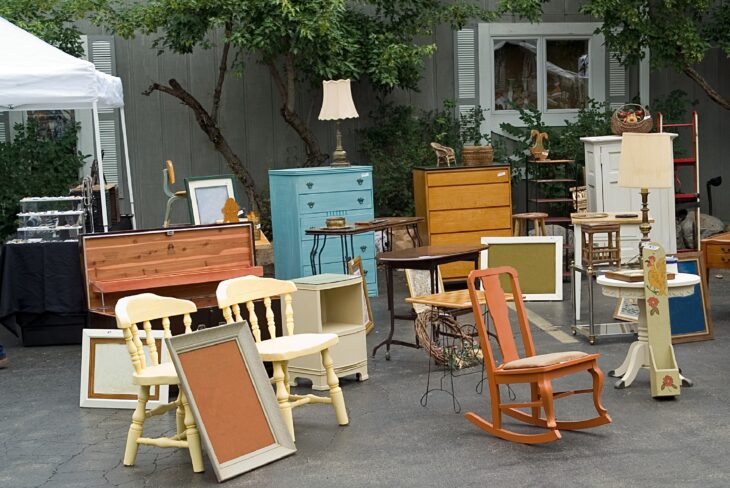
Source: moneycrashers.com
Sustainability-wise, it’s best to use what you currently have as much as possible. But if your current appliances or your carSustainable no longer suit your needs, then you can do your part for the environment by buying a used product. Even if the fridge or car you’re buying is just one year old, buying it used is still generally better than getting a new one as far as the environment is concerned. And getting used items is cheaper as well.
You can have a further positive impact by selling or donating your old stuff. Even if the money from selling that old toaster makes no difference in your budget, selling to someone else ensures that the other person won’t have to buy a new toaster as well. And the same goes for when you donate your old stuff to people in your community.
4. Reduce water waste
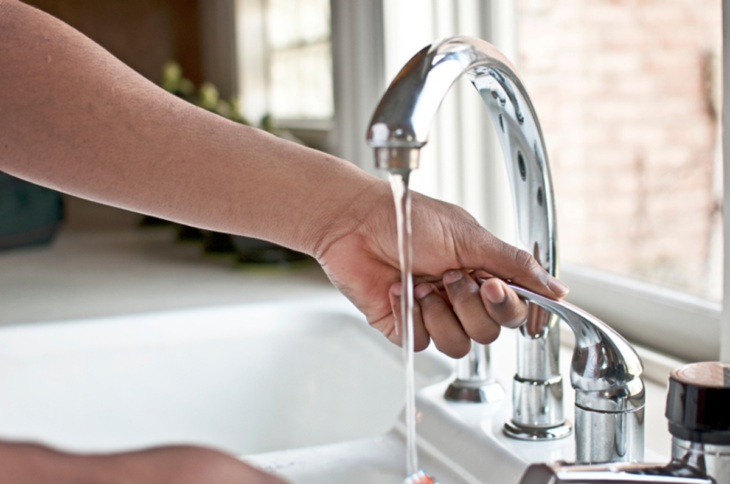
It takes resources to get water to your home, and resources to purify the water after it’s been used by households. That’s assuming you live in a city that even bothers to treat used water at all. So it’s best to reduce your daily water use.
Smart habits like closing taps that are not being used and using water from your showers to flush the toilet can all make a difference. But over the years, what will have the biggest impact is for you to switch for faucet nozzles that reduce water use. This will greatly reduce how much water is wasted when you are doing the dishes, brushing your teeth, or shaving, which will make a big difference in how much overall water you waste over the decades.
There are also showers and shower attachments that can help you reduce how much water you use every day. And of course, employing these water-saving methods will also help bring down your monthly water bill.
5. Go solar
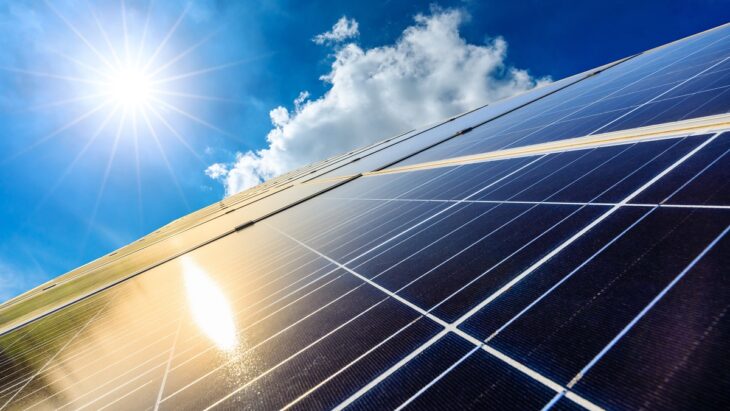
Source: earth911.com
Solar power has only become more efficient and affordable over the years, and there are many ways to harness it these days. Popular options include installing massive solar panels on your roof or installing panels on the roof of your car, but there’s more. Pretty much any device that is left outdoors comes with solar options these days, including garden lamps, solar irrigation systems, solar lawn mowers, and more.
Of course, the more power you get from the sun, the less power you’ll need from your local power grid. And solar power is one of the cleanest forms of renewable energy out there. Depending on where you live, you might even be able to sell any unused power you generate back to your electrical grid, which can both net you some extra cash and help make your local grid just a tiny bit more sustainable.
There’s also the option to make your gadgets directly solar-powered. Solar phone chargers exist as both external adapters and in the form of phone cases. And there are a few solar-powered smartwatches in the market, which are a great option if you’d like to never have to charge your smartwatch again.
Starting with these smaller solar devices is also a good idea if you’re not sure you get enough sunlight in your region to be worth investing in bigger panels. Just get a solar-powered power bank and leave it outside a few days to see how long it takes to charge.
6. Donate old stuff

Source: rd.com
All the old gadgets, clothes, and other goods you have stashed away in closets or your basement can probably be used somewhere else. And since these goods required resources to be produced once, the sustainable thing to do is to make sure people get as much use out of them as possible. Leaving them stored away until they go bad and need to be tossed away is a waste of resources.
Take stock of what you have, make a list of what you are pretty sure you’ll never need again, and find places that would take those items as a donation. Old phones can be repaired and used again, or stripped for parts. Old clothes can be cleaned up and put to use, or even reformed to look brand new again. It might take some work to find a home for your old stuff, but it’s worth the effort.
